|
Are classroom disruptions, kids not listening, friends bickering, and an unsettled environment driving you nuts? This was how I felt at the beginning of some school years until I made some changes to create harmony and a respectful, caring environment the norm. I remember one year, prior to school happening, we had a professional development day that caused me to rethink how I approached my class. During the keynote address, we were challenged with "Focus on what is going right in the world". We were encouraged to find what was positive and good and change our focus to that instead of letting the negative drive our day. That makes lots of sense, and it's probably something everyone wants to do, but the reality is, when negative things are happening around us, we can easily get derailed and begin focusing on that instead. I made a conscious effort that year to change my approach and it helped me to get through some very challenging years with surprising success. One thing I did was find ways for kids to save face after negative situations and give them opportunities to start fresh. I decided to work on ways to help kids remain in the classroom and not be sent out for misbehaviors. This was definitely challenging at times, and I admit, I wasn't always able to do so. I did have to maintain the safety of all my students, so there were times when I had no other choice. I started to focus on behaviors in the classroom that I wanted others to emulate. This was the start of my positive freckles. I had some small happy face stickers that I would put on the faces or hands of kids that I noticed doing things that I wanted others to do. It was fun to see how the kids reacted as they headed out to recess with freckles and how others in the class wanted to have the same. I also started handing out student tickets for work habits and other behaviors that I noticed during seat work time. These were collected in a container and at the end of each week I would draw names for prizes. (I collected small toys and trinkets for them to choose from.) I made sure that those who were struggling to behave positively were recognized as sometimes it is easy to overlook them for the ones who are always doing what is expected. It is important to make sure that they feel they have a chance or they will give up. The school started up a Gotcha program where tickets were handed out around the school for behaviors noticed by different staff members. Recognition was given to the students and some were rewarded with special treats at assemblies. This tied in nicely with the student tickets I was using in my classroom. There are several different variations of recognizing positive behaviors that have been used in classrooms. Another one that is quite popular is the warm fuzzy jar. This jar collects notes or objects and is used to acknowledge class behaviors and ultimately earn a class reward. The cool thing about this idea is the class can decide together what to work towards as a reward and the students can support each other so that they can earn the reward as a team. Sometimes there may be a student who requires more support to move in a positive direction. This will look different for each child, but ultimately, it will require a cheering section (classmates and teacher) and consistency. Giving attention for positive behaviors usually will help to overcome the need for getting attention by negative behaviors. It may take a long time and you may not see immediate results, but I believe that if we help kids develop positive self esteem they will behave more positively. Parents can also use some of these ideas to help with behaviors at home. Tensions rise as kids unwind after a long day at school and parents come home tired after a day at work. It is easy to have patience with other people, but it takes way more effort and patience to handle your own kids without frustration. Try using the warm fuzzy jar or some other type of recognition for positive behaviors and see how it goes. I set up these warm fuzzy jars for my grandchildren when they were feeling overwhelmed from moving to another city, getting ready to start a new school, and missing their friends and cousins. With all the stress and emotions, listening and being respectful and kind to each other was slipping and everyone was getting frustrated. Things calmed down quickly when they had something visual to focus on and tensions lessened. This didn't end some of the behaviors, but it did create more positive interactions and the negative behaviors were less frequent. In this case, each child decorated a jar and had colored pompoms to collect. A family jar was also created. When everyone was working together and the parents decided it merited a pompom they added one to this jar. The goal of reaching a certain number of pompoms for a special family treat was the incentive. Note: The other day I called them and they were excited to tell me they had more pompoms in their jars. They also helped with these pictures so you could see it in action. I encourage you to "focus on what is going right" and use whatever tools or ideas work for you to create harmony and a respectful, caring environment in your classroom or at home. Everyone will benefit from working together in a positive environment and this will enhance learning as well.
Changing weather, cooler temperatures, and color changes are all signs of the arrival of fall. There's something magical about the colors, sounds, and smells of fall. Students often find themselves more engaged in learning when they are surrounded by the beauty of nature. Whether it's studying the changing colors of leaves, identifying different animals, or learning about the life cycle of a pumpkin, outdoor lessons are inherently captivating. Fresh air and natural surroundings can help improve students' focus and stimulate their creativity. Studies have shown that spending time outdoors can boost cognitive function and problem-solving skills, making outdoor classrooms an ideal setting for critical thinking activities. Spending time outdoors has been linked to improved mental health and reduced stress levels. Fall's cool, crisp air and the calming influence of nature can help students feel more relaxed and connected to the world around them. The hands on experiences and fresh air also invigorate students and engage them in their learning. Fall is the perfect time to encourage physical activity among students. Hiking, nature walks, and outdoor games not only promote exercise but also foster teamwork and social interaction. Getting students moving in a natural setting can help overcome the hours of sitting in classrooms and keep them engaged. There are many different subjects that can be taught outdoors. Each of these add a real world element to the students' learning and experience. Integrating social studies and science activities into your fall outdoor learning adventures can provide a well-rounded educational experience. To further enrich your fall outdoor learning adventures, try incorporating some math and language activities into the mix. Here are some suggestions for social studies, science, math, and language arts that might be of interest. Social Studies• visiting local historical landmarks * learning about fall harvest and traditions • using maps and doing a geography scavenger hunt Science• leaf identification activities • studying the pumpkin life cycle • weather monitoring • learning about weathering and erosion * keeping a nature journal • stream study • learning about seed dispersements Math• nature math scavenger hunt • using measurement skills outdoors • fall data collection Language Arts• outdoor poetry writing • nature journaling with descriptive writing • vocabulary scavenger hunt (looking for examples in nature) • reading fall themed books Preparation tipsHere are some preparation tips that will help make your outdoor sessions successful. Select an outdoor location that suits your curriculum and learning objectives. Local parks, forested areas, the seashore, or even your school's own outdoor spaces can be transformed into effective learning environments. Make sure students are dressed appropriately for the fall weather. Layers, hats, and gloves are essential to keep everyone comfortable during outdoor lessons. Tailor your lessons to incorporate the unique features of fall. Explore topics like the changing colors of leaves, the science behind falling leaves, the life cycle of pumpkins, or even Halloween-themed literature. Bring technology outdoors by using tablets or smartphones for nature observation apps or taking pictures to document findings. This can enhance the learning experience and provide opportunities for digital storytelling. Make sure that your plans are flexible and adaptable as the weather can be unpredictable and you may need to make changes quickly. With preparation ahead of time and some back up ideas in case of change, getting outside to learn is worth the effort and will benefit your students. Embracing the great outdoors during the fall season is a fantastic way to enhance your students' learning experience. The benefits of outdoor education are numerous, from improved engagement and focus to enhanced physical and mental well-being. By incorporating nature into your curriculum, you can create unforgettable learning moments and inspire a lifelong love for the natural world in your students. So, this fall, take your class outside and let the wonders of the season become your classroom. Happy outdoor learning! Related PostsHave you ever had kids that just couldn't seem to get started writing or who would only write very basic sentences? The struggle to write descriptively is real for many younger children. They have limited experience with writing and often need support to get started. Here are 7 tips that may help to open the flood gates and get the ideas pouring onto the page. 1. Start with telling stories orallyKids love to share their stories and adventures with others. They often get very excited when they have ideas to share and they are eager to go into great detail if others ask questions and want to know more. Using this idea and explaining that writing descriptive stories is just putting down on paper what they would share when telling someone a story may help them to get started. Perhaps they could imagine questions that others might ask and make some notes of these and the answers to use as they start their writing. 2. Use the five sensesOne of the things that I found worked well with my students was finding words that fit the five senses. Using colors, shapes, textures, sizes, sounds, smells, and tastes are just some of the ways they can describe what is happening. I created some graphics and examples to help them see this in action. Check them out here. 3. Paint a picture for the readerUsing paintbrushes to create a picture is another tool that I used for my students that helped them to think of descriptive words. I would ask them to imagine that someone wasn't able to see an object. Then I would say, "How could you describe it so that they could get a really clear picture in their mind?" This helped them to think about different types of adjectives, and actions that could make the picture come to life. 4. Ideas first, conventional spelling laterMany kids are afraid to write because they don't know how to spell certain words. If they don't take a chance and get their ideas down on paper because they are afraid of spelling words wrong, nobody benefits. I believe it is important to get ideas down first and worry about correcting spelling later. Often the invented spelling is close and the stories are still readable. If the invented spelling is way off, it may be necessary to help with some of the words to help the story make sense, but nothing turns a person off more than a page full of corrections. It is important to validate the effort and then choose when to do a published copy with corrected spelling. Treat the initial writing as a draft that may or may not go to published format. 5. Choose topics for writingIf kids have a choice of what to write about, they still need to have some ideas to choose from. I use a heart that is divided in many sections and I get them to write down things they enjoy or that they are passionate about. I actually give them 2 identical hearts so that they can draw on one and write words to go along with the images on the other one. These hearts are kept in their writing book so they always have a list of go to ideas. 6. Do some examples togetherHaving an example to follow will help some kids get started. Here is one that I often used. The cat sat. The cat sat on the mat. The brown and white cat sat on the mat. The soft brown and white cat sat on the mat. The soft brown and white cat sprawled on the mat. The soft brown and white cat sprawled on the welcome mat. i could keep going, but I think you get the idea. Provide a checklist and criteriaIf you are planning on grading the students' work, it is important to provide a checklist or criteria so that they know what is expected of them. There are many different checklists and rubrics available. Here is a checklist that could be used for primary students. Descriptive writing takes time for many students, but if they are given lots of opportunities to write, it will improve. I hope these tips help to open those flood gates for your students. Related PostsIf you haven't figured it out yet, I am a fan of student led conferences. Since I was introduced to this format in the early nineties, I have been constantly blown away with the positive effects it has had on both my students and their parents. If you haven't tried them before, I encourage you to do so. You will be amazed at how well they can work. What are student led conferences?Student led conferences are meetings where your students get to talk to their parents about their schoolwork, show what they're proud of, and talk about what they want to learn. It's like a special meeting where your students are the teachers, and their parents get to listen and learn about their progress. This helps them feel proud, confident, and more involved in their learning. It's a chance for them to talk together, celebrate successes, and make plans for the future. A small portion of the meeting time includes you, as the teacher. This is a time for sharing concerns, observations, and successes noticed in both personal and academic growth. Benefits of student led conferencesThere are many benefits with conducting student led conferences. Here are a few key ones. Ownership of learning: The students become active participants in assessing and presenting their own progress, developing a sense of responsibility and accountability. Communication skills: Leading a conference helps students to practice their communication skills. They learn to articulate their thoughts, explain their accomplishments, and express their learning experiences to a real audience. Confidence builder: Successfully presenting their work and progress boosts students' self-confidence and self-esteem. This experience helps them recognize their abilities and builds a positive self-image. Parent involvement: Student-led conferences provide parents with a deeper understanding of their child's learning journey. They gain insight into their child's strengths, challenges, interests, and overall educational experience. Positive parent-child interaction: Student-led conferences encourage open and positive communication between parents and children. Parents have the opportunity to listen to their child's perspective and celebrate their accomplishments. Self reflection and goal setting: Students participate in self-assessment and reflection activities, identifying their strengths and areas for improvement. They set academic and personal goals, promoting a growth mindset and a commitment to continued improvement. What kinds of activities happen during a student led conference?There are so many different kinds of activities that can be done during a student led conference. What you choose should be based on the following goal: The goal of student led conferences is to provide an opportunity for kids to take ownership of their learning and showcase their progress to their parents or guardians. These conferences should empower students to be actively involved in the conversation about their education. Here are some activities and components that kids can engage in during student-led conferences: Tour of classroom centers and areas of learning Work folder presentation and discussion Goal setting and reflections Interactive activities with parents Parent-child discussions Meeting with the teacher How to prepare ahead of timePreparing for a student-led conference involves careful planning, organization, and collaboration between students and teachers. It begins with introducing the idea to your students and letting them know what it is, how it works, and its purpose. It is important to make sure that your students understand what their role is and that they are prepared ahead of time. Explain the different components of the conference, such as work folder presentations, goal setting, and discussions. Begin gathering work samples early on and allow your students to choose some of their best work to showcase during the conference. This could be assignments, projects, artwork, and written reflections. Help students to assess their own progress, strengths, areas for improvement, and personal goals. Provide some worksheets or templates to help them to articulate these ideas. Practice communication skills and role playing to help prepare your students for their role in the conference. Do activities to practice speaking clearly, making contact, and engaging with their audience. Make sure that parents understand the purpose of the student led conference and how they can support their children during it. Set up meeting times and send out invitations. Create a conference folder for each student that includes their work samples, self-assessment sheets, and any other relevant materials. How I ran my student led conferencesOver the years, I ran my student led conferences in a similar fashion. I figured out what worked for my teaching style and I created a plan using that as my starting point. Before the conferences were set to begin, I did lots of role playing with my students. The kids especially loved taking on the role of the parents for other students and it was fun to see how they rose to the challenge as they went through the motions of doing a conference. Each child had a folder of work and an agenda to follow for the conference. Parents were informed ahead of time that the conferences could take up to 45 minutes, but that it was important not to rush the child. Some parents had more than one child's meeting, so they were told that If they had to leave for another appointment, they were welcome to return afterward. During the conferences, I had my room set up with a separate area for meeting with me so that 3 groups could be in the room at the same time, but there was some privacy during the meet the teacher part of the agenda. I always had a math or literacy activity for them to do together with their parents. It was fun to see how they used their skills or concepts for these activities. Parents were totally engaged in working with their children. The end of the meeting was the best part because the parents wrote a letter to their child and then filled in a reflection sheet. The children beamed when they read the letters. If you are interested in checking out the materials and forms that I used, you can find them here. If you are wondering if student led conferences will work for you, I encourage you to give it a try. You may need to make some modifications along the way, but the benefits for the parents and children make it worth it. Remember: The goal of student led conferences is to provide an opportunity for kids to take ownership of their learning and showcase their progress to their parents or guardians. These conferences should empower students to be actively involved in the conversation about their education. Related Posts |
About Me Charlene Sequeira
I am a wife, mother of 4, grandmother of 9, and a retired primary and music teacher. I love working with kids and continue to volunteer at school and teach ukulele. Categories
All
|
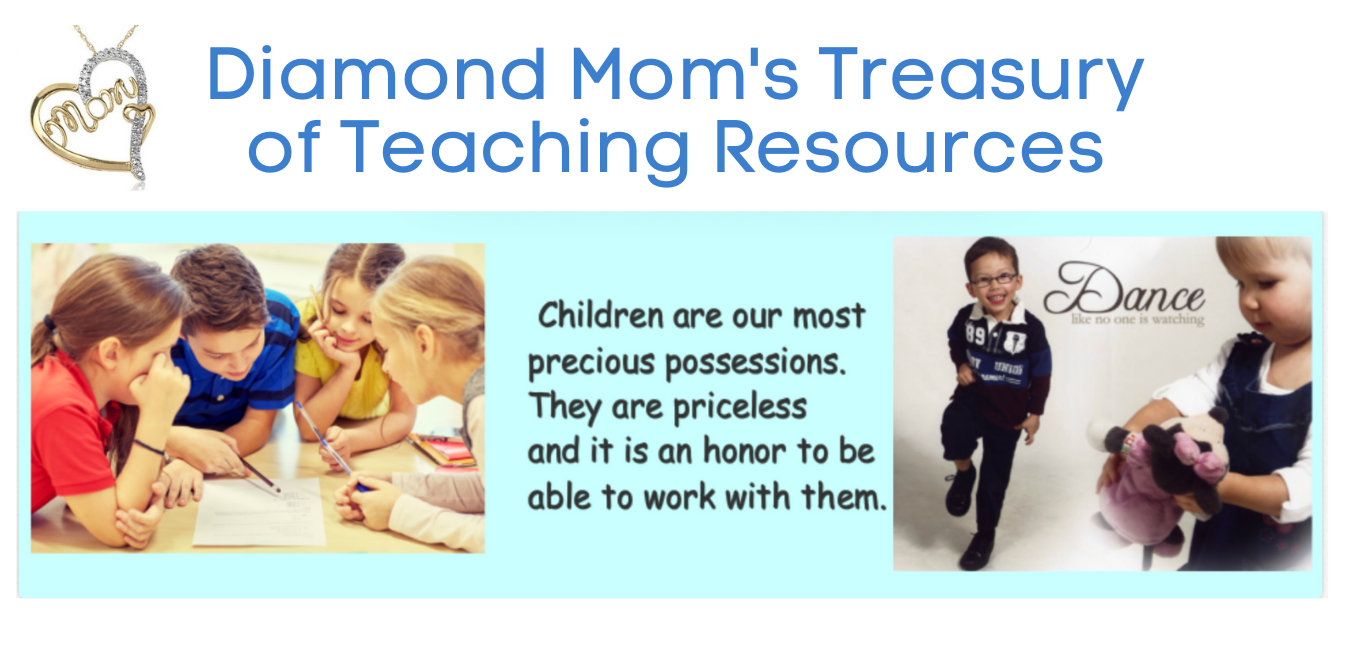
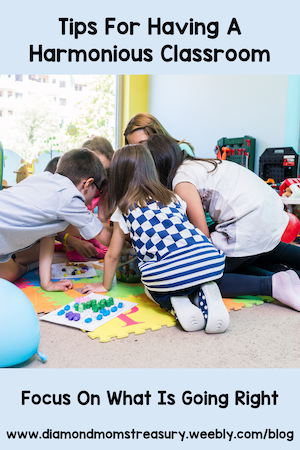


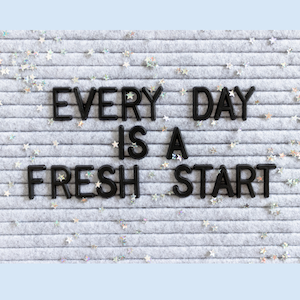
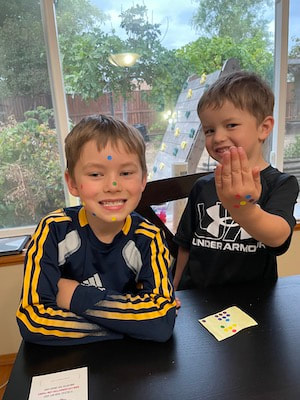
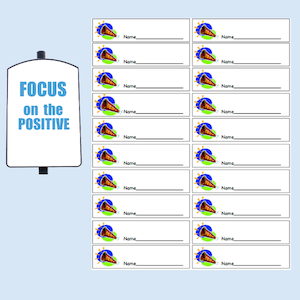

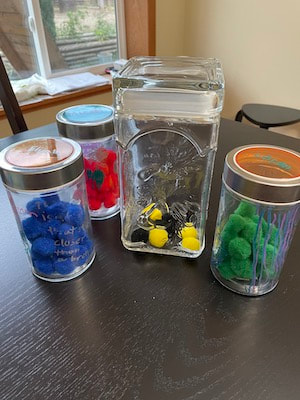
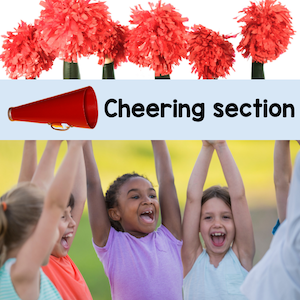
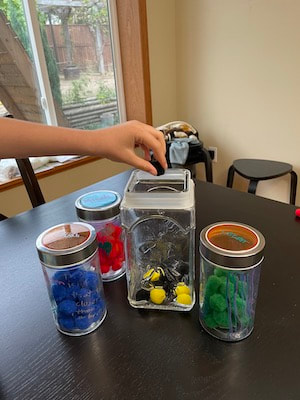
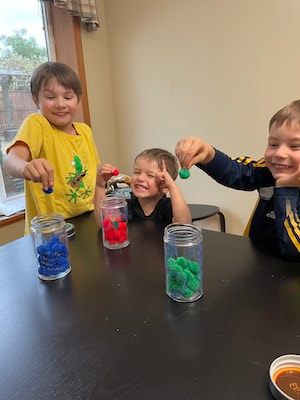
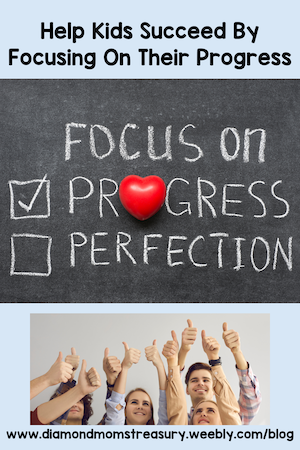

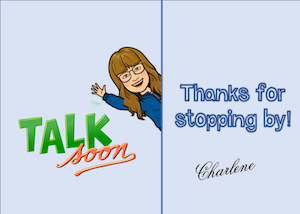
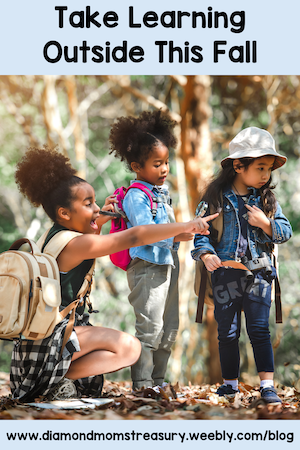
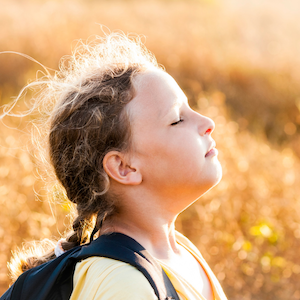

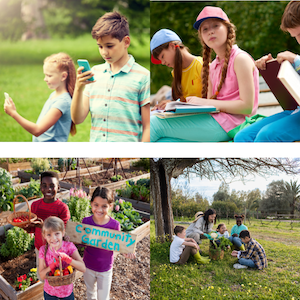
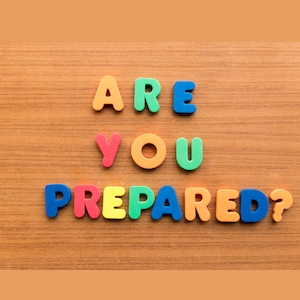
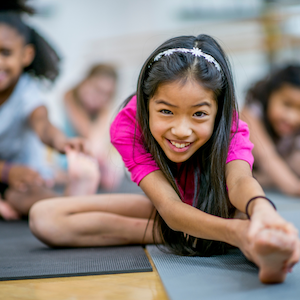
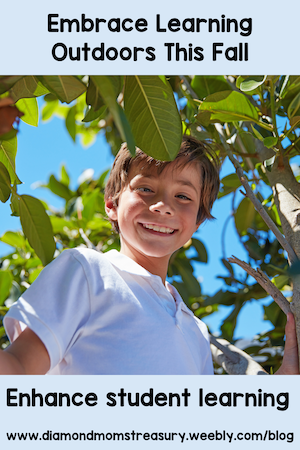
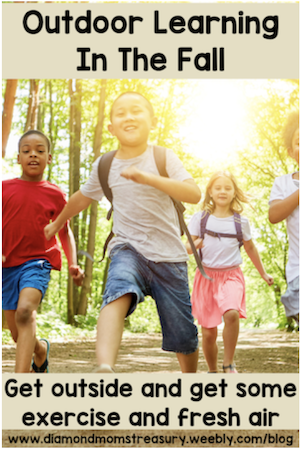
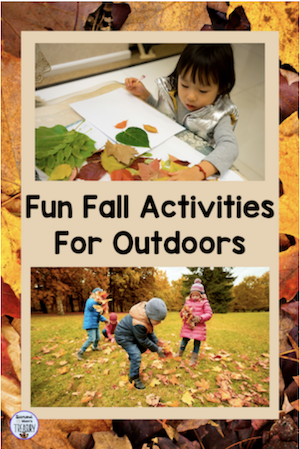
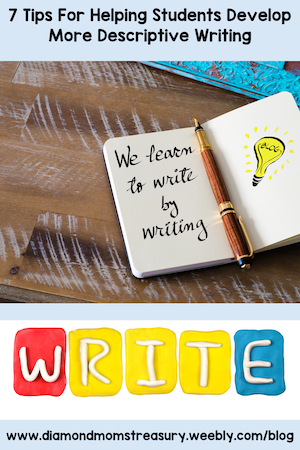
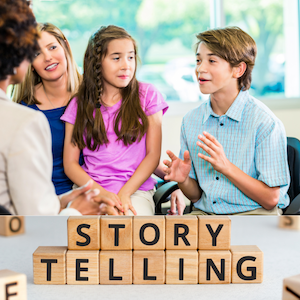

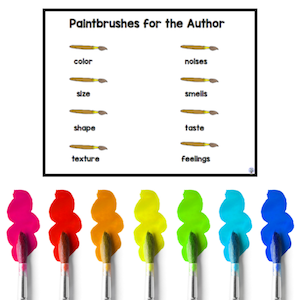


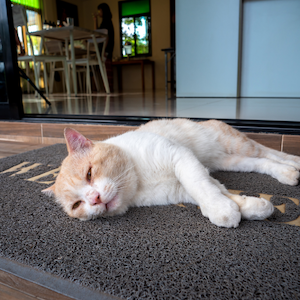
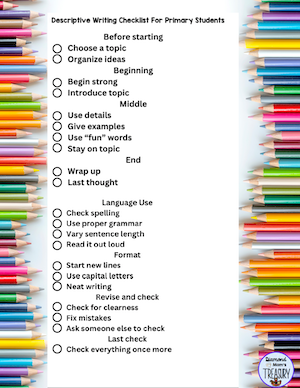
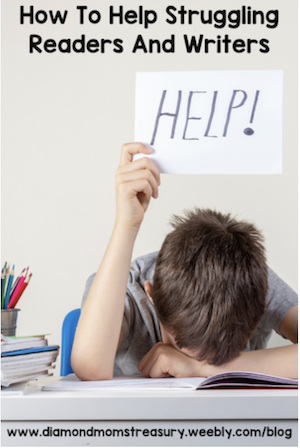
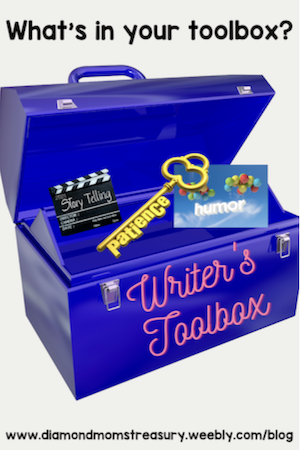
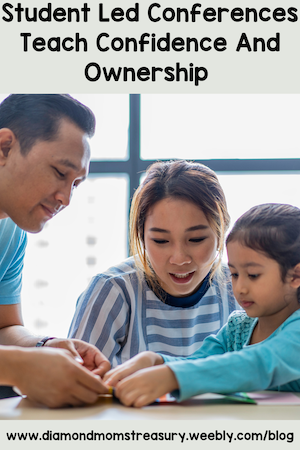
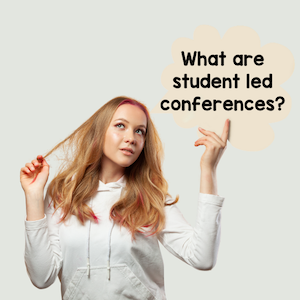
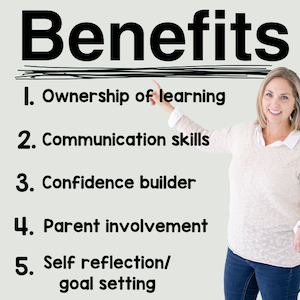
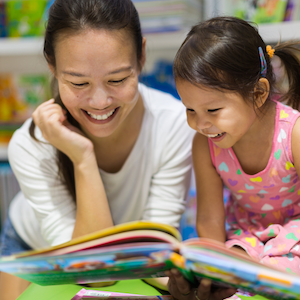
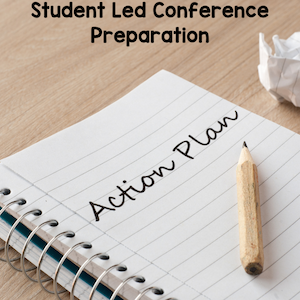
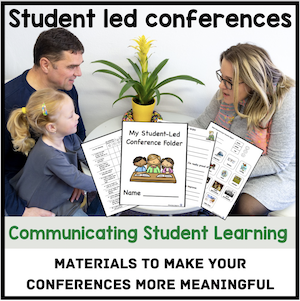

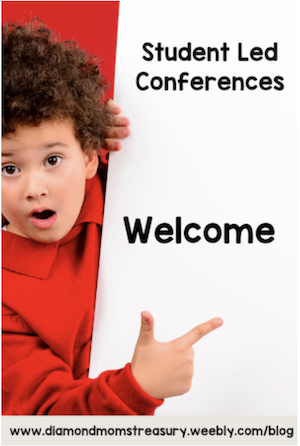
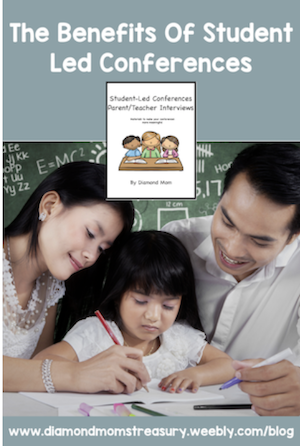



 RSS Feed
RSS Feed